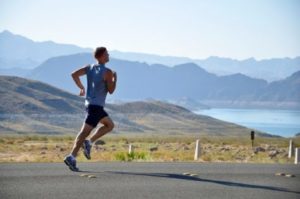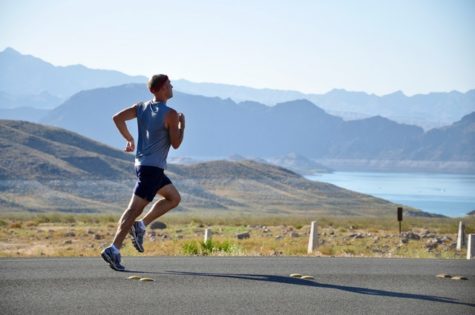CHAPEL HILL, N. C. — When it comes to regular exercise, we often think of the benefits enjoyed by our hearts and our brains. Now a recent study shows that just hopping on the treadmill for a daily run can help improve bone health, especially in people who are overweight.
Researchers at the University of North Carolina’s School of Medicine launched a study to test the see how exercise plays a role in overall bone health. Obese people — who often have bad bone health — would have better results from exercise, more so than a leaner person, they predicted.

“I see a lot of patients with poor bone health, and I always talk to them about what a dramatic effect exercise can have on bones, regardless of what the cause of their bone condition is,” says lead author Dr. Maya Styner, a physician and assistant professor of endocrinology and metabolism, in a university release.
For this study, researchers experimented with two groups of month-old mice. One group was fed a normal diet, while the second group of obese mice was fed a high-fat diet. At four months old, half the mice in each group were given a running wheel for approximately six weeks.
Analyzing the composition, bone quality, and the fat in the cavities of the bones, researchers were found a notable improvement of bone health in both obese and lean mice.
“With obesity, it seems that you get even more bone formation from exercise. Our studies of bone biomechanics show that the quality and the strength of the bone is significantly increased with exercise and even more so in the obese exercisers,” says Styner.
In particular, the team saw that the obese mice with access to the wheel had about half the number of fat cells in bone marrow than the mice that were sedentary, and also showed better bone density, which can decrease the risk of fractures and other problems.
“In just a very short period of time, we saw that running was building bone significantly in mice,” she adds.
The researchers note that the results seen in mice cannot be directly translated to human’s bone health. However, the stem cells that produce bone and fat are the same for both mice and humans.
The study of bone density and fat around the bone in conjunction with exercise still needs to be researched further, but for now the results show a positive connection.
“What we can say is there’s a lot of evidence suggesting that marrow fat is being used as fuel to make more bone, rather than there being an increase in the diversion of stem cells into bone,” says Styner.
This study’s findings were published in Journal of Bone and Mineral Research.
